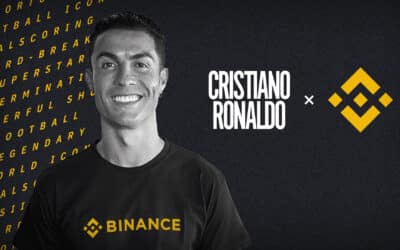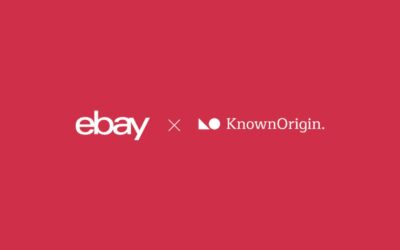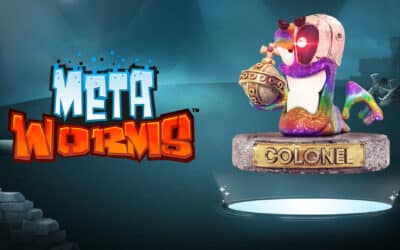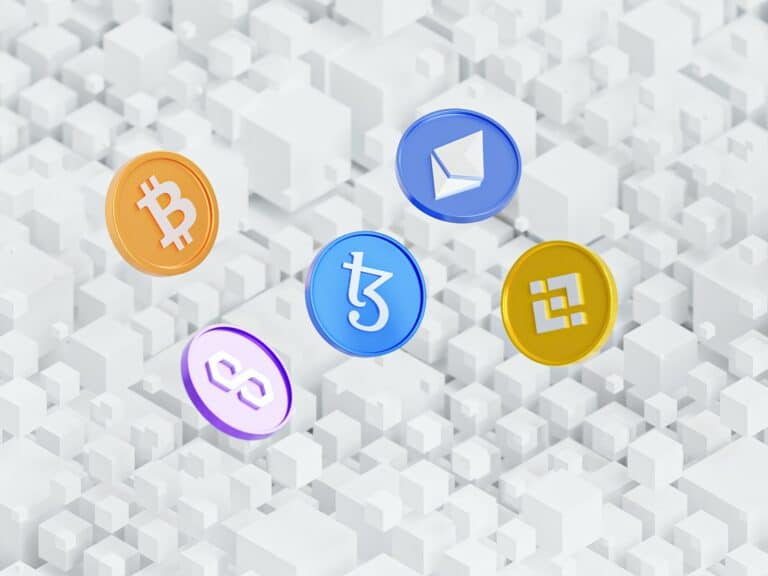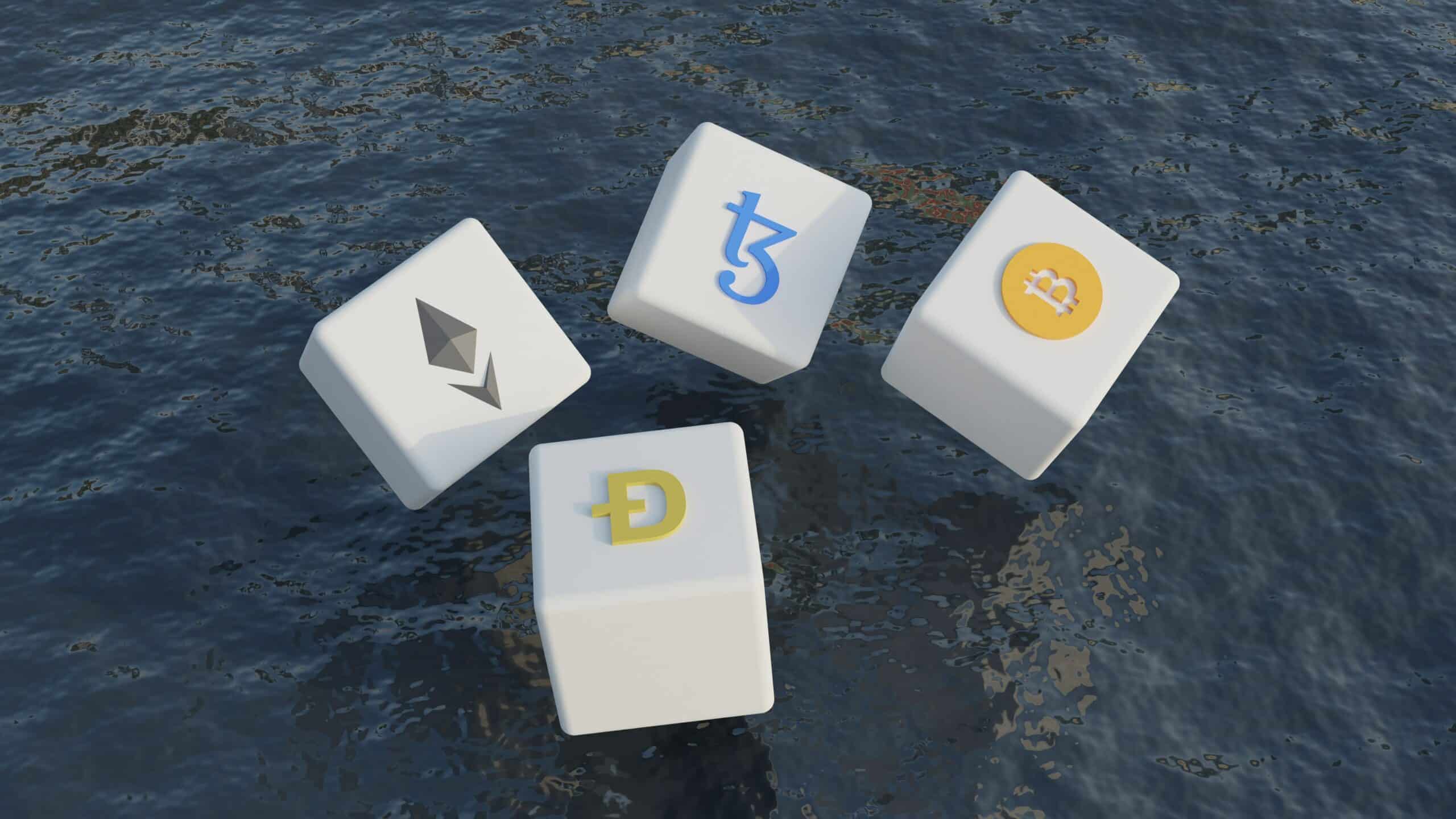With the surge in NFT interest, you might not be able to escape it all soon whether you love or loathe them. You could be getting a side order of an NFT with your next cappuccino at Starbucks as the coffee giant announced plans this week to launch Odyssey, a blockchain-based loyalty platform.
Many brands have embraced NFTs but others have faced widespread backlash over their use. But what’s the point of NFTs, how do they work and what makes them unique?
Breaking down NFTs, crypto and the elusive blockchain
2021’s word of the year for Collins Dictionary was NFT, unsurprisingly, as interest in the technology began to dominate the headlines – both good and bad.
The ‘one-of-a-kind’ digital products can be seen in various forms whether it be a limited edition album from your favourite band or a collaborative digital art drop from a football club marking the anniversary of its Premier League title.
But everything that comes with NFTs, from smart-contracts to cryptocurrency, is where it gets a little murky and might leave potential new owners perplexed.
“NFTs are a type of digital asset which have the opposite properties of a currency. Every unit of a currency (whether pound sterling, US dollars or bitcoins) must be interchangeable for every other unit. NFTs are the opposite. Each is unique and has unique properties specific to it and it alone,” said Rodgers.
NFT critics question the copyright ownership of the piece of digital creative work, whatever it may be. Director Quentin Tarantino recently settled a legal battle with Miramax over his planned release of NFTs based on Pulp Fiction, after the production company said it owned most of the rights to the film.
“Digital scarcity is important. People want scarce things that others don’t own. That’s the basis of almost every financial or collectible market anywhere in the world. NFTs offer that kind of provable digital scarcity: because only a certain number of that type of NFT exists, and we can prove that’s true using the advanced maths that blockchains are built with,” Rodgers explained.
“The ownership of NFTs are recorded on smart contract-enabled blockchains. Blockchains are the basis for cryptocurrencies, but alongside currencies, the ones that are smart-contract enabled can also hold lots and lots of different types of data and files. A blockchain is basically an online database that contains an unchangeable record of its entire history, transparently.”
Out of the many smart contract-enabled blockchains, Ethereum is the main blockchain used by big tech companies and social platforms such as TikTok, Instagram and Reddit.
“That’s because Ethereum is the biggest and most secure blockchain on the market. 20% of all crypto developers work on Ethereum,” he said. “If I want to buy an NFT that is hosted on the Ethereum blockchain, I need to pay in the currency of that particular blockchain. Ethereum’s currency is called ETH.
“I had a 45-minute conversation about NFTs and Ethereum with a 17-year-old delivery driver who delivered me a parcel yesterday. The next day, I had a chat with some kitchen fitters over the garden wall about smart contracts. This technology is out there and people are starting to realise that it is structurally important.”
Why do brands want to use NFTs – is it just jumping on the bandwagon?
NFTs could be the golden key for brands to interact and engage with new fans or cement relationships with existing ones.
“NFTs offer a new way for brands to connect with their audience. We know that people who are interested in crypto and NFTs tend to skew towards the younger age bracket. And this is where that excitement comes in, about being part of a group of insiders who are all part of an exclusive community, and knowing stuff your parents don’t know.
“You will have seen hundreds of tech, fashion and art companies embrace NFTs over the past two years. Nike, Sotheby’s, Adidas, Prada, Hermes and even, famously, Visa bought a Cryptopunk NFT.”
Musicians are turning to NFTs too. Rock bands Muse, Creeper and Kings of Leon are a handful of the bands tapping into the craze. But is it just jumping on the bandwagon?
“I’d argue not. Not every company invests in every new tech or trend. If there’s nothing useful in graphene or AI for Nike, you won’t see it spend tens of millions of dollars on buying up companies in the space. But it did do that for RTFKT Studios, an NFT company that makes virtual trainers and collectibles.”
According to market research firm Market Decipher, the sports NFT market is estimated to reach a staggering $2.6bn in 2022 as it kick-starts the demand for sport memorabilia.
Manchester City is just one of the many football clubs exploring the digital world through NFTs to delve into new ways to connect with fans.
“Like other commemorative pieces, for example programmes or signed player shirts, they are an opportunity to own a piece of a club’s history. But instead of being physical objects, they are digital: who owns them is recorded on whichever blockchain the NFT is created on.”
It’s not just for big brands, the possibilities could be endless for individual creators and artists too. As a writer and author, Rodgers explained he could “encode the digital ownership” of his online-only book as an NFT, and then add certain conditions.
He could mint (create) an NFT to reward prospective customers with downloads of future chapters he writes for an online-book or offer a pay-what-you-want structure.
“With NFTs, things like this happen automatically. As soon as you click ‘Buy’, the code is set in motion. NFTs remove barriers.”
Sustainability, scams and the future
Whilst global giant eBay made the decision to step into digital collectibles after acquiring Manchester-based NFT marketplace KnownOrigin, many companies are weary about associating with the NFT world following an online backlash surrounding sustainability or legitmacy. Vast amounts of processing energy goes into the technology behind the scenes.
Earlier this year, games publisher Team17 reversed its decision to release a series of Worms NFT collectibles after fans criticised the move.
It’s not just sustainability that’s a main concern; crafty fraudsters are finding ways to capitalise on NFTs too.
“Whenever a new technology is introduced to the public that not everybody understands well, there is space for con artists and scammers to thrive. This happened with email. We’ve all got inboxes full of spam and phishing attempts from scammers. Probably everyone reading this has heard of bot accounts, disinformation and fake news on Facebook and Twitter.”
Family Guy actor Seth Green is just one of the high-profile celebrities who has fallen foul of an NFT-related phishing incident, where hackers can use fake links to gain access over valuable NFTs. He reportedly paid thousands to retrieve his stolen Bored Ape Yacht Club NFT.
“It’s fair to say that high-profile crimes like thefts, scams and rug pulls (where developers or sellers make ambitious promises before abandoning a project and running away with buyers’ money) have inflicted a visible level of paranoia across NFT communities.
“Stealing NFTs would seem to be an attractive option for criminals, too. But the biggest thing preventing most criminals from attempting to steal NFTs is the blockchain itself. Law enforcement analysts and researchers can see almost instantly which wallet address may have stolen an NFT. Tracking their movements and tying these wallet addresses to real- life people are getting better over time.”
As Parliament debated the government’s regulatory approach relating to digital assets last week, which includes cryptocurrencies and NFTs, things could be about to change as the technology continues to evolve.
“In a $40bn (£35bn) market, I would argue that a rate of $8m (£7m) at 0.2% is not a statistically significant amount. It’s never nice to have your goods stolen. But in terms of the data on how much NFT crime is actually going on beyond the headlines, it’s not as prevalent as some suggest.”

